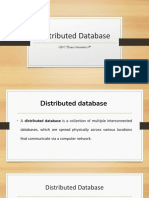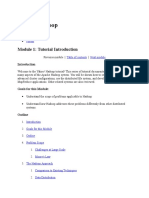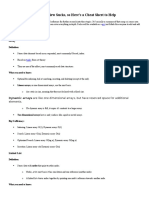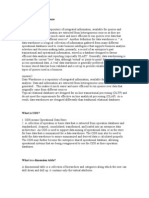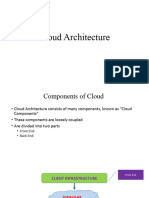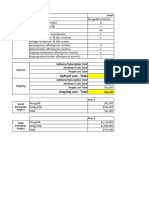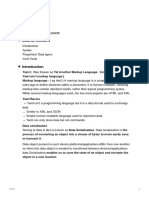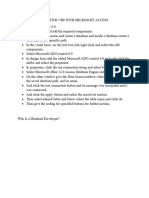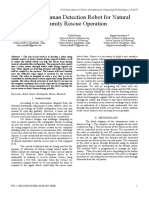0% found this document useful (0 votes)
142 views5 pagesFacebook's Scalable Architecture
This document provides an overview of Facebook's scalable architecture. It discusses how Facebook uses a variety of technologies like Linux, Apache, PHP, MySQL, Memcached, HipHop (PHP compiler), Scribe (distributed logging framework), Thrift (cross-language framework), Hadoop and Hive to handle large amounts of user data and scale to support its massive user base. The architecture allows Facebook to distribute its load across thousands of servers for improved performance and availability.
Uploaded by
Saravanan V ACopyright
© © All Rights Reserved
We take content rights seriously. If you suspect this is your content, claim it here.
Available Formats
Download as PDF, TXT or read online on Scribd
0% found this document useful (0 votes)
142 views5 pagesFacebook's Scalable Architecture
This document provides an overview of Facebook's scalable architecture. It discusses how Facebook uses a variety of technologies like Linux, Apache, PHP, MySQL, Memcached, HipHop (PHP compiler), Scribe (distributed logging framework), Thrift (cross-language framework), Hadoop and Hive to handle large amounts of user data and scale to support its massive user base. The architecture allows Facebook to distribute its load across thousands of servers for improved performance and availability.
Uploaded by
Saravanan V ACopyright
© © All Rights Reserved
We take content rights seriously. If you suspect this is your content, claim it here.
Available Formats
Download as PDF, TXT or read online on Scribd
/ 5



